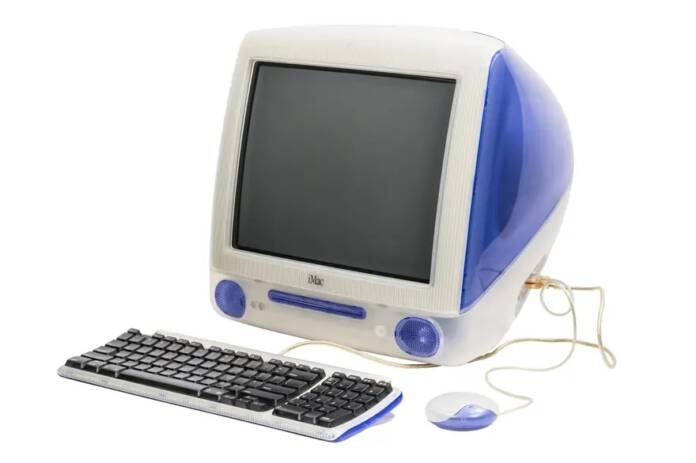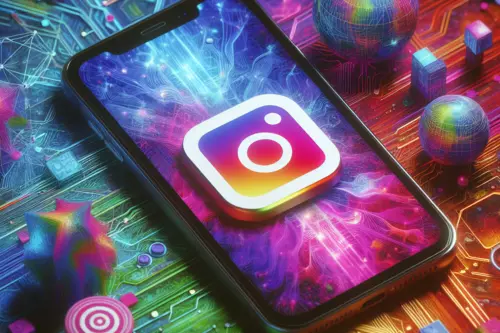On August 15, 1998, the Apple iMac G3 debuted in the United States , a computer that represented Apple’s reconversion, and was the beginning of its recovery; it also cemented the position of Steve Jobs as the king of technology, and Jonathan Ive as the god of design.
The colorful revolution brought about by that first iMac model was born in 1997, when Steve Jobs returned to Apple as its CEO. Sure, Jobs co-founded Apple with Stephen Wozniak in 1976 , but in 1985, after a lengthy lawsuit with the company’s then-CEO John Sculley and his board, he left the firm and founded NeXT , a company with which he got rid of. of the limitations that Apple imposed on him and with which he sat down to dream what the computer of the future would be like.
NeXT did not prosper economically, but from there came the demonstration that a very high-end multimedia computer, an alternative to the Windows PC, was possible, and using a Unix-based operating system. Apple also didn’t do well in Jobs’ absence, so in 1997 Apple bought NeXT and reinstated Steve Jobs as company boss.
The first thing Jobs did was analyze everything the company had to offer, and he canceled the many projects that were diluting Apple’s presence in the market. And he focused on just one: a Mac with a design presented to him by Jonathan Ive, who had arrived at Apple in 1996, and unlike previous models (both in Apple and in the PC world) abandoned the classic beige and offered a casing translucent plastic. The first model was blue; in English, Bondi Blue, in honor (according to Ive) to the color of the sea in the Bondi beach , in Australia. In fact, part of the advertising campaign was based on the phrase “ sorry, it is not available in beige ”, the predominant color among personal computers at the time.
The iMac G3 (as the new model became known) was available in several other colors, and had a 233 MHz PowerPC G3 processor ( not until 2005 they would move to Intel ), between 32 and 256 MB of RAM (less than what today has a smart watch), a 4 GB hard drive and a 15-inch tube color monitor with a resolution of 800 x 600 pixels. It also had a CD drive and two USB ports ; the universal USB connector was born in 1996, but it wasn’t until version 1.1 (of 1998) that it became popular; iMacs were key at this point, especially since Steve Jobs decided to abandon the proprietary connection ports that the company had been using.
The distinctive feature of the iMac G3 was the color of its casing, available in various shades and very different from the personal computer offerings of the time.
The distinctive feature of the iMac G3 was the color of its casing, available in various shades and very different from the personal computer offerings of the time.
The other thing that Apple did without with its iMac G3 (and that was very controversial at the time) was a 3.5 ″ disk drive, a common vehicle at the time to store data; USB flash drives would arrive later and with a high initial cost, the same as CD burners. But Jobs had understood the internet and local networks would play a key role in personal computing, which is why those early iMac G3s already came with a factory-fitted modem and Ethernet port, and a wizard in MacOS 8 to make it easy for users to access the internet. (OS X, the foundation for today’s macOS, arrived in 1999.) Another distinctive element of those early iMacs was its round mouse , which unlike the computer itself was not well received.













